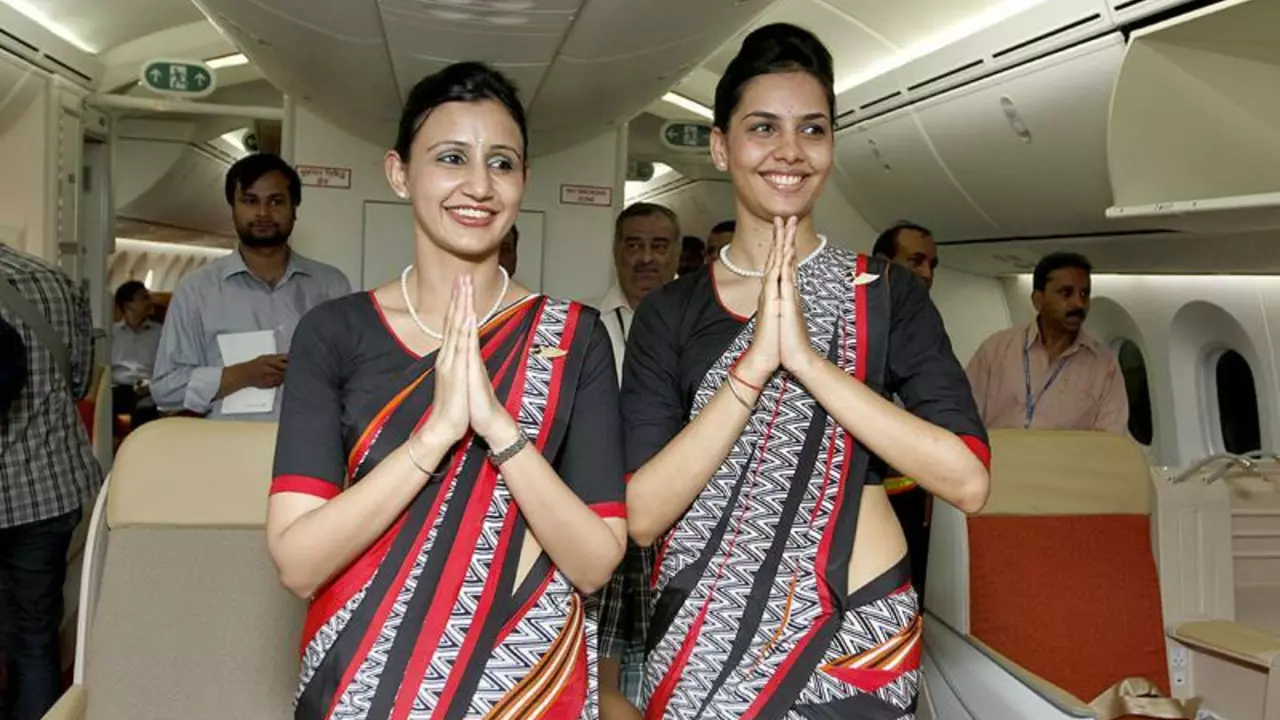In my research, I discovered that Air India is indeed a government body. It's actually the nation's flag carrier airline and is owned by the Government of India. This means it's essentially managed by the state and operates under the authority of the Indian government. It's interesting to note that Air India was once a private company, but it was nationalized back in 1953. Despite some challenges, it continues to be a significant player in India's aviation industry.
Indian Aviation: What’s Happening and What You Need to Know
If you’ve ever looked up a flight from Delhi to Mumbai or wondered why new terminals keep popping up, you’re already curious about Indian aviation. The industry is booming, with more flights, bigger airports, and a growing demand for pilots and cabin crew. Let’s break down the big picture so you can see where the market stands and where it’s headed.
Current Landscape
India’s airline market is now the world’s fastest‑growing aviation segment. Domestic passenger traffic has doubled in the past five years, thanks to lower airfares, better connectivity, and a rising middle class that prefers flying over long road trips. Major carriers like IndiGo, Air India, and Vistara dominate the skies, while low‑cost airlines keep prices competitive.
Airport infrastructure is keeping pace. New hubs such as Hyderabad’s Rajiv Gandhi International and Bengaluru’s Kempegowda International have expanded capacity, and older airports are undergoing massive upgrades. The government’s “UDAN” (Ude Desh Ka Aam Naagrik) scheme pushes air service to tier‑2 and tier‑3 cities, creating routes that didn’t exist a decade ago.
Job seekers have good news too. Pilot shortages are a real challenge, which means flight schools are seeing a surge in enrollment. Cabin crew positions, ground staff roles, and aviation engineering jobs are also on the rise. If you’re considering a career in the skies, now is a solid time to train and apply.
Future Outlook
Looking ahead, several trends will shape Indian aviation. First, the push for sustainable aviation is gaining traction. Airlines are experimenting with bio‑fuels and newer, fuel‑efficient aircraft to cut emissions. Second, digital tech is improving the passenger experience – from AI‑driven check‑ins to real‑time baggage tracking.
International connectivity will also expand. New agreements with foreign carriers are opening up more long‑haul routes, so you’ll see more flights to Europe, North America, and the Middle East. That means Indian airports will handle more cargo and business travelers, boosting the economy.
Finally, infrastructure projects like the Delhi‑Mumbai high‑speed rail could complement air travel, giving travelers more choice and prompting airlines to focus on premium services and niche routes. Staying informed about these shifts helps you make smarter travel decisions and spot career opportunities.
In short, Indian aviation is on a fast upward curve. More flights, better airports, green initiatives, and digital upgrades are all part of the mix. Whether you’re booking a ticket, hunting for a job, or just curious about the industry, keeping an eye on these developments will pay off.
